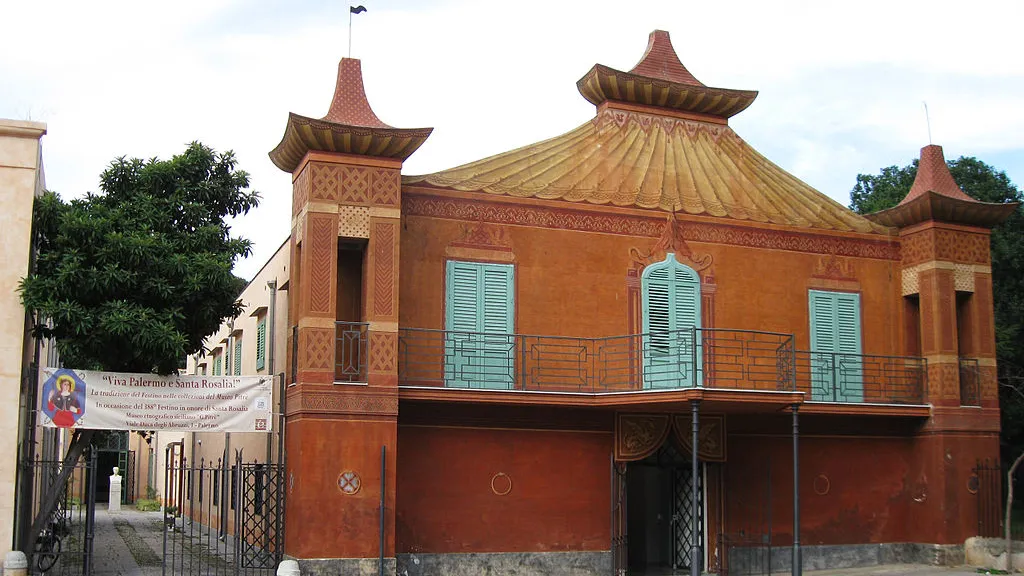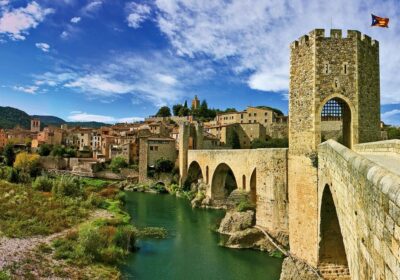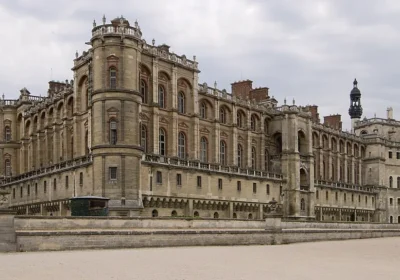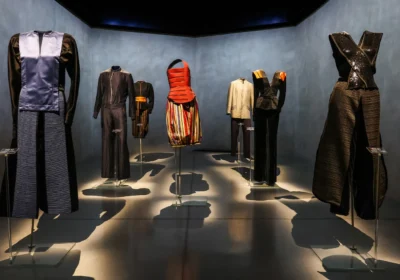The Giuseppe Pitre Ethnographic Museum
The Palermo Ethnographic Museum is the largest folk museum in Sicily.
The museum was founded in 1909 by Palermo-born, renowned folk ethnographer and folklorist Giuseppe Pitre. Giuseppe Pitre himself was born in 1841 and, having a medical education, he devoted his life not to medicine, but to the study of culture, customs and traditions of Sicily. It was the various documents, photographs and other materials collected over several decades and recorded by Pitre himself during the study of oral folklore that provided the main impetus for the creation of this local history museum. It is worth noting that the original and extraordinary museum was originally housed in an old school building, where the collection occupied only four rooms. After the death of the founder Giuseppe Pitre in 1916, the museum’s collection remained inaccessible to the public for many years. It was not until 1935 that the museum not only moved into its current building, but also reopened its doors.
The museum is located in the large public park della Favorita. The park itself is located in a picturesque place in the north of the city, at the foot of Monte Pellegrino. It was in this park that Ferdinand III built his small residence Palazzina Cinesa (Palazzina Cinesa) at the end of the XVIII century. It is in this building, namely in one of its rooms, that the museum’s exposition is located today. As the name of the mansion suggests, there are indeed some Chinese elements decorating the palace. Particularly notable are the unpretentious, but rather exotic for the area, towers crowning the central roof of the building and the side columns.
The museum’s vast collection consists of more than 4,000 different exhibits collected over 500 years. All of them are dedicated not only to the traditions and customs of the inhabitants of Sicily, but also to their daily life. Among the exhibits you can see old craft tools, household items, utensils, talismans, furniture, ceramics, fabrics, everyday clothes and festive folk costumes. Of particular interest are the handmade puppets of the Sicilian puppet theatre, which itself is an important tradition of Sicilian folk art. Colourful carts and carriages are a highlight of the museum and a measure of the status of a Sicilian family. It used to be believed that the more complex the design and the brighter the colour scheme of the cart, the richer the family. That is why today in the museum you can see a variety of carts, which are not only covered with beautiful artistic drawings and bright colours, but also beautifully decorated with wooden carvings worth admiring. The section introducing visitors to folk weaving and spinning deserves special attention. Here you can see not only the most elementary tools used by women in the production of fabrics and yarn. But also samples of original and magnificent fabrics made of cotton, linen and even wool.
All days except 24 and 25 December, 1 January, 1 May

















